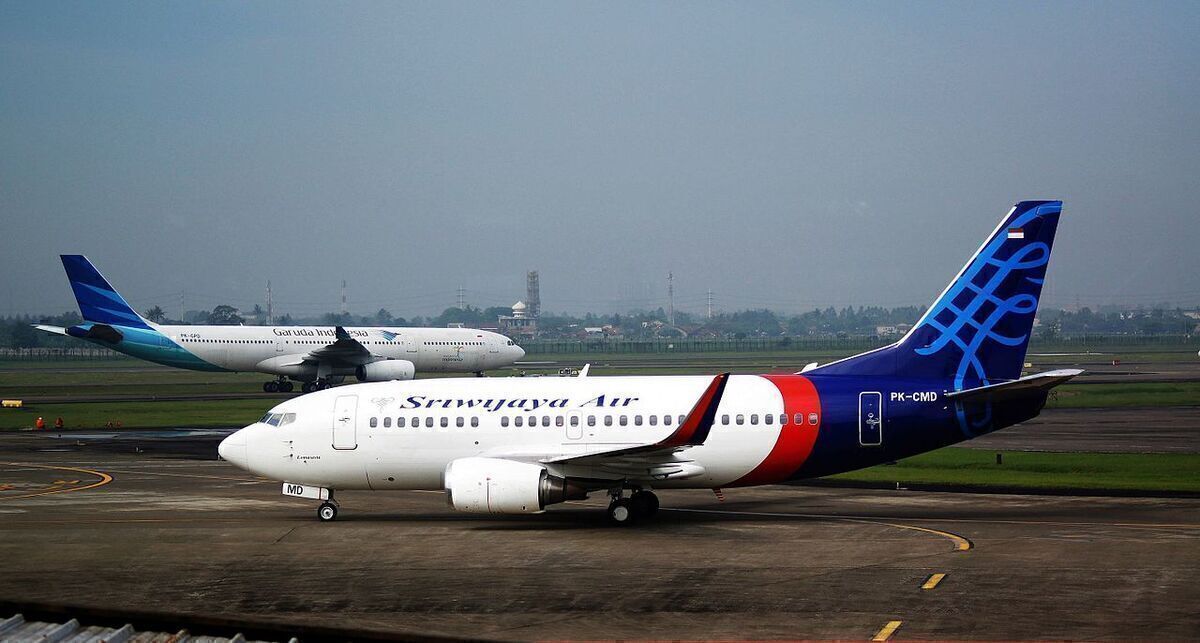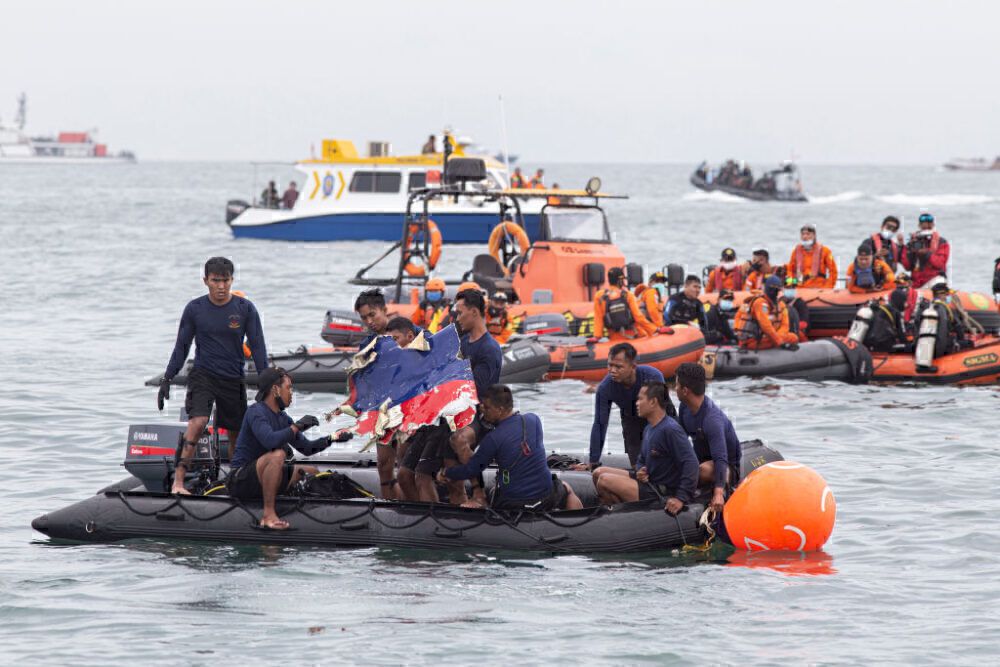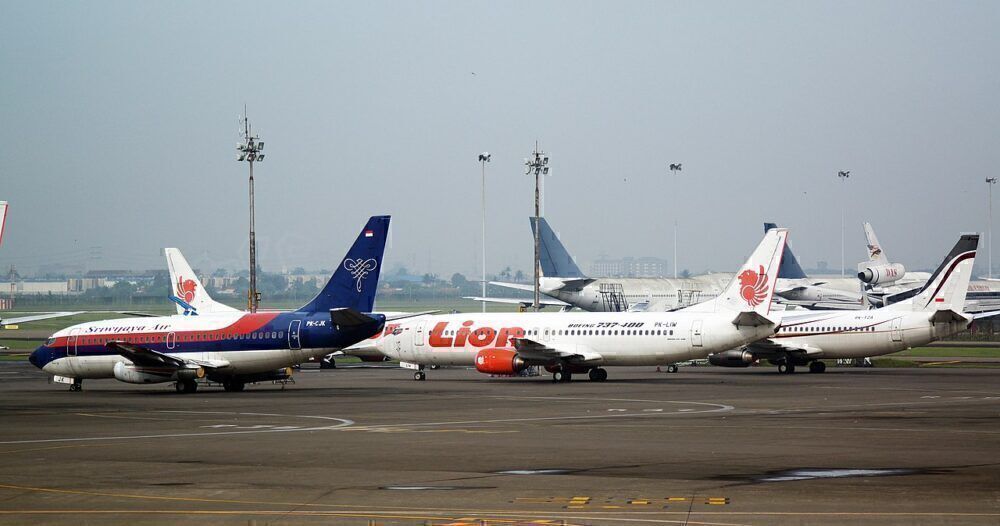Indonesia's troubled aviation safety record has hit the headlines once again following the crash of a Sriwijaya Air Boeing 737 on Saturday. Sixty-two people died after the aircraft plunged into the Java Sea just after take-off from Jakarta. In total, some 700 people have now died in air crashes in Indonesia in the past decade.
Challenges to flying safely in Indonesia
Indonesia is one of the world's busiest and fast-growing airline markets. It is also one of the most dangerous. In December 2014, an Indonesia AirAsia Airbus A320-200 crashed into the Karimata Strait, killing 162 people. Nine months later, in August 2015, a Trigana Air ATR 42-300 crashed in Papua province, killing 54 people. In October 2018, the well-known Lion Air Boeing 737 MAX crash killed 189 people. Saturday's Sriwijaya Air crash adds to the tally.
"The track record has not been good," Australian aviation expert, broadcaster, and editor at airlineratings.com Geoffrey Thomas told the BBC's James Reynolds on the weekend. Mr Thomas flagged several reasons why Indonesia's had such a troubled aviation record.
"A lot of the runways are not to international standard. They don't have overruns, they are shorter than they should be. They're not grooved, which is important because you get a lot of thunderstorms, and the navigation aids aren't as good as you would get in, say, Europe. There are other circumstances that cause Indonesia not to have a good record.
There have been a lot of accidents because there are a number of low-cost airlines in Indonesia, and certainly, corners have been cut in the past."
Stay informed: Sign up for our daily aviation news digest.
Sriwijaya Air had a decent safety record
Saturday's crash was the most significant crash to date involving a Sriwijaya Air aircraft. The airline has operated in Indonesia since 2003. There have been several runway incidents over the years. In 2008, a Sriwijaya Air Boeing 737-200 overran a runway, struck a building, and killed a bystander.
Mr Thomas argues the airline has a reasonable safety record and reflects gradually improving safety standards in Indonesia.
"The Indonesian oversight of its airlines has come in for criticism over the last ten or fifteen years, to the point where the EU banned most Indonesian airlines from flying to Europe" he said. But Geoffrey Thomas notes those bans were lifted in 2018 as the authorities improved their oversight of Indonesia's airlines.
In a recent paper published in The Journal of Advanced Transportation, researchers Jason Middleton and Carlo Caponecchia found several factors had contributed to Indonesia's poor safety record. In addition to poor regulatory oversight and enforcement, they found a lack of adherence to standard operating procedures and poor crew resource management is common.
There are also significant issues regarding poor communication, infrastructure, and weather. Combined, the two researchers found Indonesia has "uniquely difficult circumstances in terms of civil aviation safety."
Indonesian aviation safety is gradually lifting its game
But Indonesia has made an effort over the last decade to improve its safety standards regarding aviation. Ultimately, many of the problems came down to a lack of money and some ingrained cultural issues.
Local authorities took some simple measures to lift safety standards. The price of tickets increased after authorities reimposed a floor price rule. The extra revenue gave Indonesia's airlines more funds to maintain planes and better train crews. Crews who breached flying hour limits and other rules were punished.
"We want the aviation sector to be healthy, not cheap. If it's cheap, there are many things that might not be done," Indonesia's Transport Minister Ignasius Jonan said in 2015.
While there's some evidence Indonesia's airlines themselves are lifting their game when it comes to safety, Indonesia's regulatory authorities continue to be criticized for their lack of oversight. Experts believe there remains a need to better monitor airlines' airworthiness, crew quality, and air traffic control. There also remains a need to improve runway infrastructure and navigation.
Despite Saturday's accident, airline travel in Indonesia is getting safer. But it's the pace of those improvements that continue to raise concerns. That the improvements are often driven and monitored at the airline level rather than a state-level with uniform standards also remains an issue.
What do you think? Are you happy to jump on a plane in Indonesia and take a flight? Post a comment and let us know.



